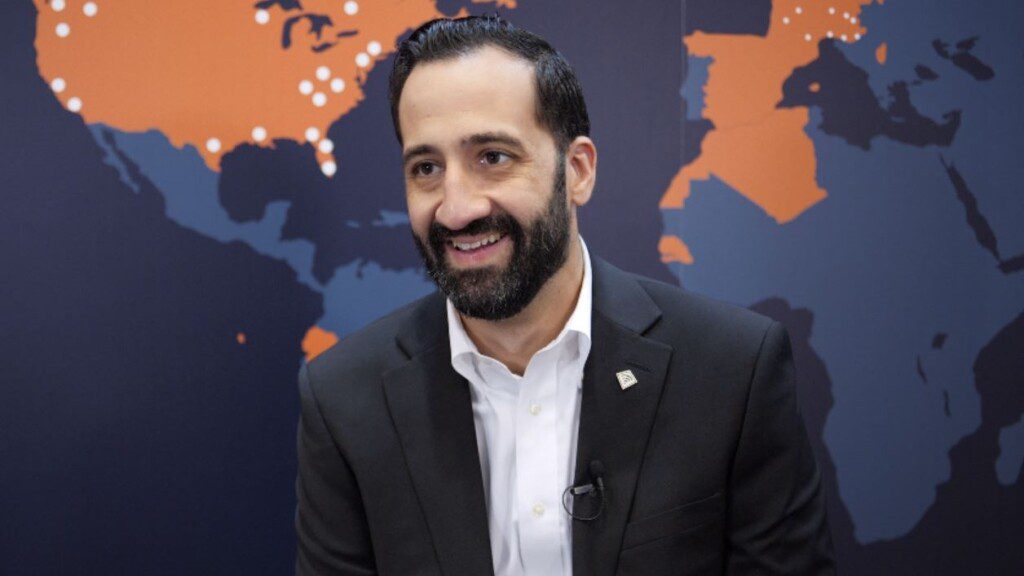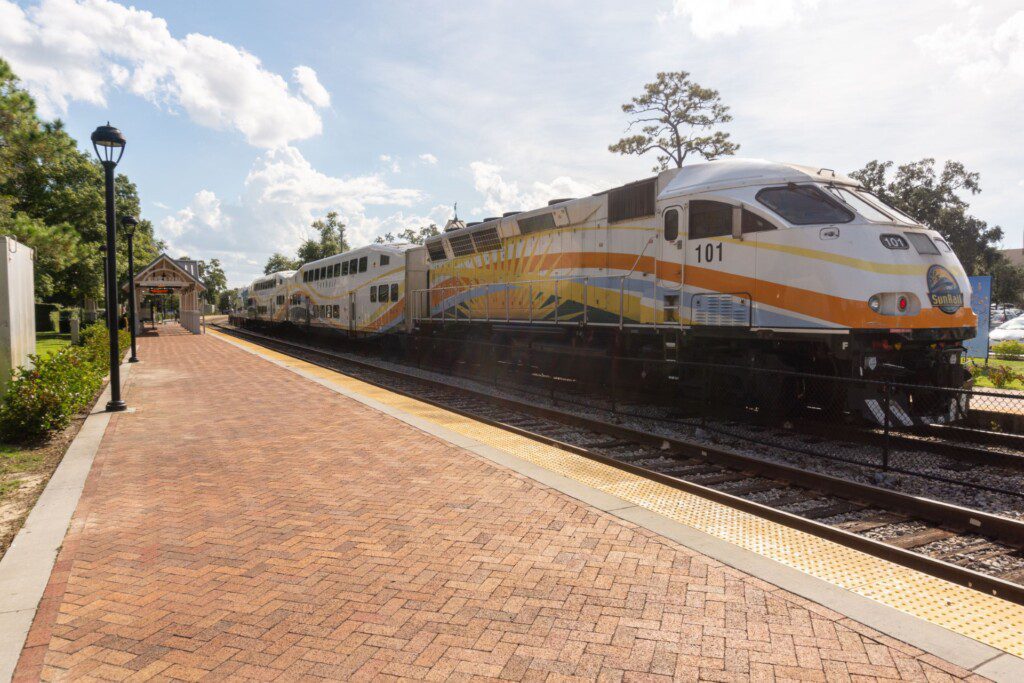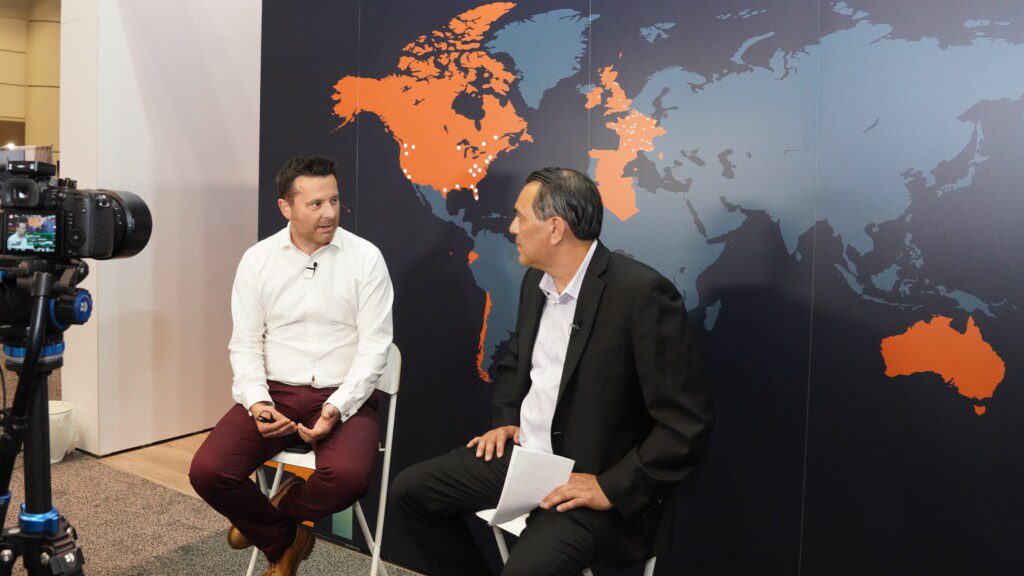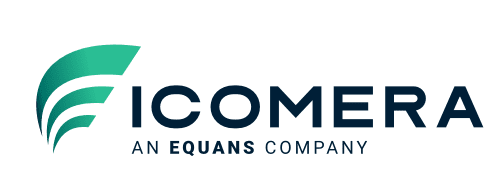This article first appeared in Metro Magazine.
The transportation industry often associates innovation with technology. Leading the way in this pursuit of progress is Icomera, a company dedicated to pushing the boundaries of traditional solutions and educating transit decision-makers on sustainable and future-proof paths to digital transformation.
METRO’s Executive Editor Alex Roman sat down with Gabriel J. Lopez-Bernal, President of North America, and Roger Matthews, Chief Commercial Officer, for Icomera to discuss what’s new at the company, how they partner with agencies to provide a better passenger experience, and their view on the future of technology in the transit industry.
AR: Can you talk a little bit about what you see is next in tech for the transit industry?
Lopez-Bernal: When we consider the future of tech in the transit industry, it is all about mobile wireless connectivity. This connectivity is what drives innovation in areas like video surveillance, Artificial Intelligence (AI), and smooth data exchange. As the transit industry continues to evolve, the most significant tech advancements will revolve around two key areas: improving connectivity and ensuring secure, reliable data transmission.
In our journey toward a more interconnected world, both passengers and operators are increasingly demanding faster and more reliable access to information. That’s where the newly launched Icomera X7 router takes center stage. It features up to five cutting-edge 5G modems, delivering lightning-fast internet speeds and unparalleled connectivity. With this technology, agencies can offer seamless Wi-Fi access to passengers and provide reliable communication channels for their onboard systems.
Complementing the X7 router is our rail-certified Wi-Fi 7 access point — a world first. Together, these two solutions represent just the beginning of the next wave of tech innovation in the transit industry. As connectivity and data play an ever more crucial role, you can expect to see more solutions like these that help transit companies enhance their service, optimize operations, and stay ahead of the competition. This is the exciting path of tech evolution in the transit industry, and we at Icomera are proud to be at the forefront of this transformation.
“Innovation can only be achieved by changing the way we think about investments and how we deploy new technologies within our infrastructures.”
AR: Roger, how do you view the world of technology in the transit space?
Matthews: The industry is in a period of change. When we start looking at the opportunities to improve passenger satisfaction and focus on safety, technology is really coming to the fore now. And we are just at the beginning, and that’s all before we even start talking about how we can actually harness data to really understand, from a commercial perspective and an operations perspective, how technology can provide a healthy disruption, elevating the passenger experience and increasing agency operational efficiencies.
AR: Since Icomera can address multiple agency gaps, which department in an agency is usually the one that approaches your company?
Lopez-Bernal: When it comes to addressing the challenge of managing multiple agency gaps, the first step is to acknowledge the complexity of the situation. The transit industry is known for its fragmentation, with agencies often relying on their own proprietary systems and technologies. This can make it difficult to achieve consensus and integration.
We see many CEOs that are extremely engaged in their operations, which is fantastic, as they have specific challenges they are looking to address. I recently heard a transit agency had 18 different systems, and therefore, had 18 different vendor contracts — which begs the need to streamline. Fortunately, our nation has come across some recent funding opportunities to consolidate their onboard systems in a manner where they can not only be more efficient, but also more efficient in the way they operate themselves. If you think about having to manage 18 different contracts with 18 different vendors, that is a headache in and of itself. So, I think transit CEOs see a huge value in streamlining their operations to some extent and using technology in a wiser manner to help solve some of their business issues.

To address this issue, we take a holistic approach that prioritizes interoperability and data sharing. This involves working closely with transit agencies before they invest in a new onboard system, putting priority on making sure the systems can communicate with one another seamlessly.
“Gone are the days of relying solely on technology to drive innovation in transportation. It’s the collaborative approach that we continue to encourage.”
Matthews: It really varies. Part of what Icomera does, and our subsidiary, GoMedia, as well, is that we’re very passionate about the onboard passenger experience. Because of that, we find the marketing departments to be the ones who are really interested in the passenger experience. But that absolutely goes up to the top of the organization because we know if you collectively improve the passenger experience and Customer Satisfaction Score (CSAT) improves and ridership increases — people are actually happier to travel by train.
AR: We know selling is just as much about educating, so what is the one fundamental lesson you continue to teach when talking to transit agencies?
Lopez-Bernal: There is no one size that fits all in the industry, so it’s essential that we right-size our solutions for a transit agency’s needs. What we will first do is sit down with the agency to hear where they want to be — from amenities to experience and performance. We then work backwards all the way to what a modern procurement process looks like — how you specify requirements depending on vehicle type and operation. Our objective is to get it right from the beginning and that is why we bring a diverse set of our staff to visit agencies and have that conversation — the right way — from the very beginning.
“To reach agency goals of leveling up their transportation technology, a collective interdepartmental approach to investment is essential.”
Matthews: When it comes to engaging with transit agencies, there is one fundamental lesson that we continue to teach: listen before you speak. It sounds simple, but far too often, companies and consultants approach agencies with preconceived notions and cookie-cutter solutions that ignore the unique challenges and requirements of a given transit system. The reality is that every transit agency is different, with its own set of legacy systems, technical capabilities, and competing priorities. Ultimately, the lesson we continue to teach is that success in transit requires a collaborative approach that puts the passengers at the center. Anything less is simply not good enough.
“True progress requires a deep understanding of the needs and challenges of a transit agency, as well as a commitment to educating decision-makers on the most sustainable and efficient solutions available.”

AR: What’s the ramping up process like once they’ve decided? Do you start with one or a few vehicles to test your systems out before charging forward?
Lopez-Bernal: It’s not uncommon that a transit agency will want to have a Proof of Concept, or some sort of demonstration period. Technology evolves quickly and there are many vendors in the space, so it’s not unnatural that an agency would like to experience the solution in their own environment first before they make a firm commitment to move forward.
Matthews: It is worth saying that we have many case studies from around the world, and while each operator is unique, most of the challenges are common across other agencies to help shortcut the process a bit. Depending on the agency’s size and needs, the deployment of the technology can take anywhere from a few months to a year. It can take several months to put the equipment on board for an agency to run it. During the testing phase, we make sure the technology is meeting their requirements and integrating correctly with existing systems and processes. So, with over 20 years of experience, best practices continue to evolve and can absolutely help accelerate new technology integration.

AR: Many people talk about how far ahead European transit systems are technologically compared to the U.S., are they far enough ahead that they are using concepts that haven’t been brought to the North American market yet?
Lopez-Bernal: Unequivocally, yes. When you talk about European standards compared to those in the U.S., a key element that needs to be adopted is in the way the U.S. handles procurements. It is a bit different in Europe with increased privatization, but the fundamental technology requirements are more effective because they are largely based on industry-accepted standards.
European clients, such as those partnering with Icomera, prioritize long-term relationships, with investments spanning at least a decade. This contrasts sharply with the more transactional approach in the U.S. The industry in Canada is gradually leaning toward shared burden with the private sector. Despite Canada’s positive shift, the U.S. still adheres to a piecemeal and prescriptive process, signaling a potential need for market evolution.
Matthews: I would agree. If you look at rail operations here in the U.S. and compare it to rail operations in Europe, it’s on a different scale. In Europe, they have a different level of resources they can apply to the industry and that comes into the standards that Gabe was talking about, so it is quite different. With that, I think the gap is starting to close a bit. Several U.S. agencies are starting to engage European operators to learn a bit more about how they do things.
I think it would be great to have a buddy scheme where these agencies from the U.S. and Europe collaborate not only to maybe take advantage of economies of scale, but economies of knowledge as well. More collaboration would be ideal and could really be a benefit to transit agencies here in the U.S. and Canada.
“When you look at it, we are all trying to solve the same challenge, which is moving a person from Point A to Point B at a reasonable duration and cost.”
AR: Can you talk a little bit about some of the agencies and transportation companies you are working with?
Lopez-Bernal: Our North American portfolio complements our global strength in the intercity passenger rail segment. We have extensive business with the major intercity rail providers in the U.S. and Canada, such as VIA Rail. We draw upon insights gained from our collaborations with distinguished operators worldwide, such as Deutsche Bahn, Swedish Rail, Thalys, Trenitalia, among many others, to continuously enhance our offerings and expertise.
On the commuter rail side, we are proud of our business with GO Transit in Toronto, the fourth busiest regional rail operator in North America. Icomera technology enables connectivity and an immersive passenger experience fleetwide — aboard nearly 1,000 railcars and 561 buses. This fall, we are set to go live with a first-of-its-kind ‘Digital Train’ solution aboard SunRail that features a mixture of integrated passenger-facing and operational subsystems. You can also find Icomera technology aboard the MBTA’s ferries in Boston and Honolulu’s new rail system, Skyline. We’re also fleetwide with two longstanding clients, the Santa Clara VTA in California and Greyhound.

Perhaps what truly sets Icomera apart is its commitment to future-proofing. And in a world where technology is constantly evolving, this commitment is truly invaluable.
We hope that this article has helped you gain an insight into how transportation is transforming due to technological advancements, and provided a better understanding of the pivotal role that collaboration continues to play in innovation and digital transformation.



